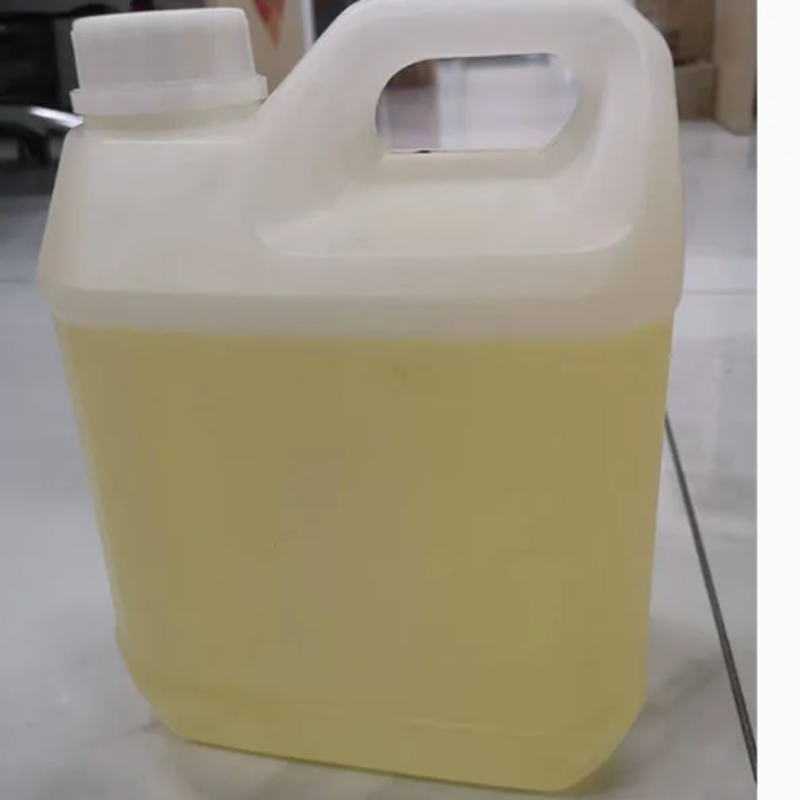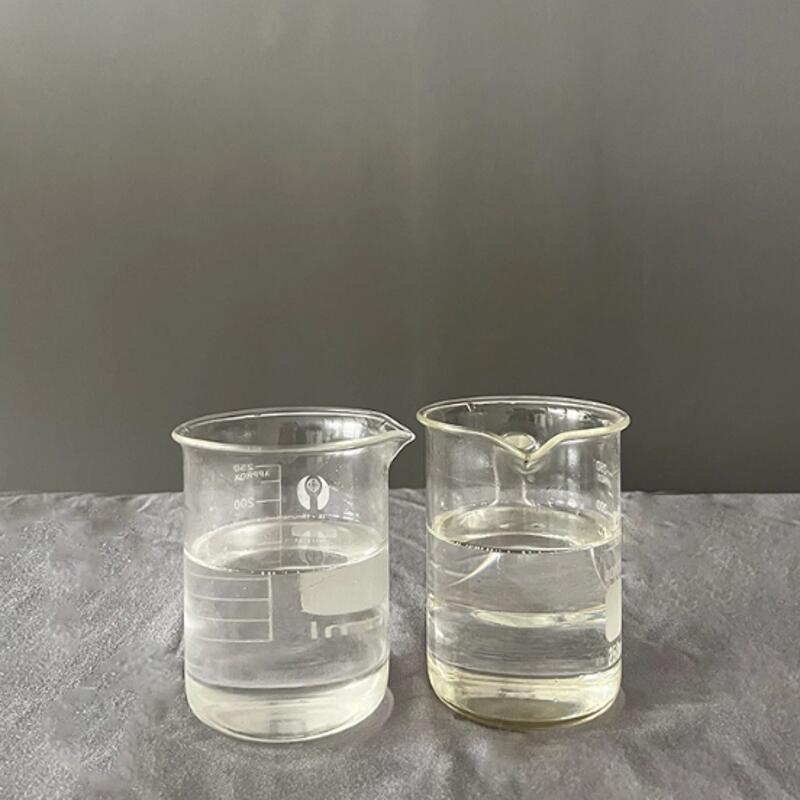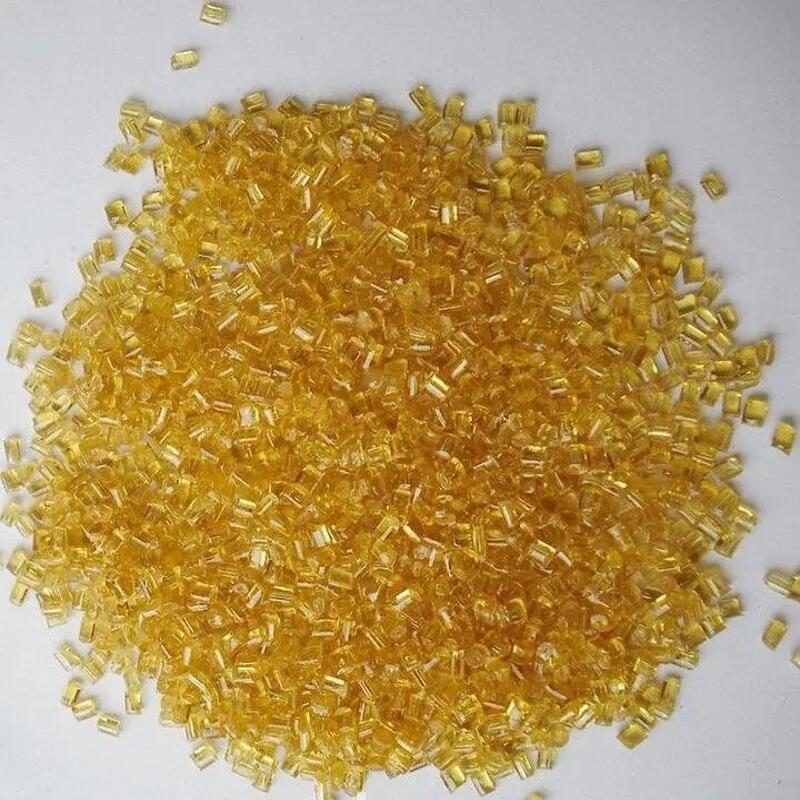-
Categories
-
Pharmaceutical Intermediates
-
Active Pharmaceutical Ingredients
-
Food Additives
- Industrial Coatings
- Agrochemicals
- Dyes and Pigments
- Surfactant
- Flavors and Fragrances
- Chemical Reagents
- Catalyst and Auxiliary
- Natural Products
- Inorganic Chemistry
-
Organic Chemistry
-
Biochemical Engineering
- Analytical Chemistry
-
Cosmetic Ingredient
- Water Treatment Chemical
-
Pharmaceutical Intermediates
Promotion
ECHEMI Mall
Wholesale
Weekly Price
Exhibition
News
-
Trade Service
According to foreign media reports, imagine what it would be like to have a clump of mushrooms popping out of a jar full of grains.
Although mushrooms are very common and not particularly tempting or exciting, in this particular experiment, getting the Discovery is great! Because the fungus devours the plastic sponge used to fill the jars and then breaks it down, just like any other food, the goal of this research project was to evaluate some fungus strains used to make bio-based heat shields, but the hungry fungus was There is a breakthrough in the other direction - the ability to digest plastic materials ingeniously
.
Currently, Biohm Biomanufacturing is working on developing this fungus strain to make it a more effective digester that may help us better deal with plastic waste
.
It is no secret that the disposal of single-use plastic waste is a serious environmental problem.
According to statistics from Greenpeace, by 2015, 6.
3 billion tons of virgin plastics had been produced worldwide, of which only 9% were recycled and the rest were incinerated.
Burn in furnace or discard
.
However, the situation is gradually improving, with more than 40% of plastic packaging in the EU currently being recycled, with a target of 50% by 2025
.
The researchers are currently testing the reaction of polyethylene terephthalate (PET) and polyurethane when they are put into the fungus.
Put these plastic substances together with the fungus, and the fungus will eat the plastic.
As the fungus continues to multiply, it will produce More fungi, from which people can then make biological material, or animal feed, or antibiotics
.
Scientists from the University of Edinburgh in the United Kingdom recently used laboratory-modified Escherichia coli to extract molecules from ethylene terephthalate through a series of chemical reactions and convert them into terephthalic acid, which becomes the cooking seasoning vanillin (vanillin)
.
The research is still at an early stage, and more work is needed to find ways to make the process more efficient and economically viable
.
Meanwhile, a research team at the Helmholtz Center for Environmental Research in Germany is using a bacterium originally found in a local garbage dump to break down polyurethane
.
But some researchers have questioned whether such technologies are commercially viable? The conversion of PET to other components by enzymes or microorganisms is a very interesting science that requires further exploration and analysis, however this technology will have to compete with the well-established commercial conversion technologies currently in common use with water catalyst systems
.
At present, the best development on the road to commercialization may be a French company Carbios, which recently announced that it has produced the world's first food-grade PET plastic bottle made entirely from enzymatically recycled plastic
.
Unlike most recycling methods, this enzyme can also process colored PET material
.
Based on this new technology, any kind of PET plastic waste can be recycled into any type of PET product.
However, the cost of making bottles with this method is almost twice that of conventional petrochemical production.
Nevertheless, this technology still There is a lot of potential to compete with the low cost of traditional plastic bottles
.
Enzyme substances can be very useful because they are very functional, and they can deal with a polluted environment if the packaging is still dirty, and they don't use a lot of energy
.
In addition, enzyme substances can be scaled up and down very easily, the advantage of enzymes is that they can be composed of small units with a low carbon footprint, and they are used in developing countries or in more remote areas
.
However, this technology is not a panacea.
Using this enzyme, PET bottles can be recycled to make new bottles, but PET bottles are resistant to degradation by enzymes, so an additional pretreatment must be introduced.
Mechanisms that use a lot of extra energy to melt plastic and reduce material crystallization, so that enzymes can be used to degrade plastic materials, but from an economic point of view and carbon footprint point of view, it does not make much sense
.
While the situation may improve now, the scope for recovery of enzymatic substances is very limited
.
The latest technology has been developed to fully degrade only two polyesters, which means that about 75 million tons of polyester can be degraded each year, and global plastic production is about 350 million tons, so we still have a lot of work to do!







